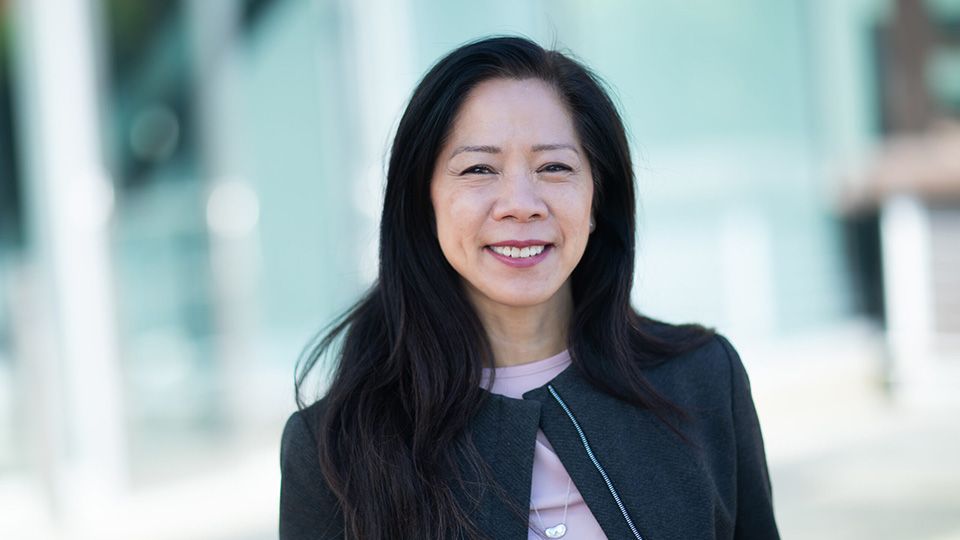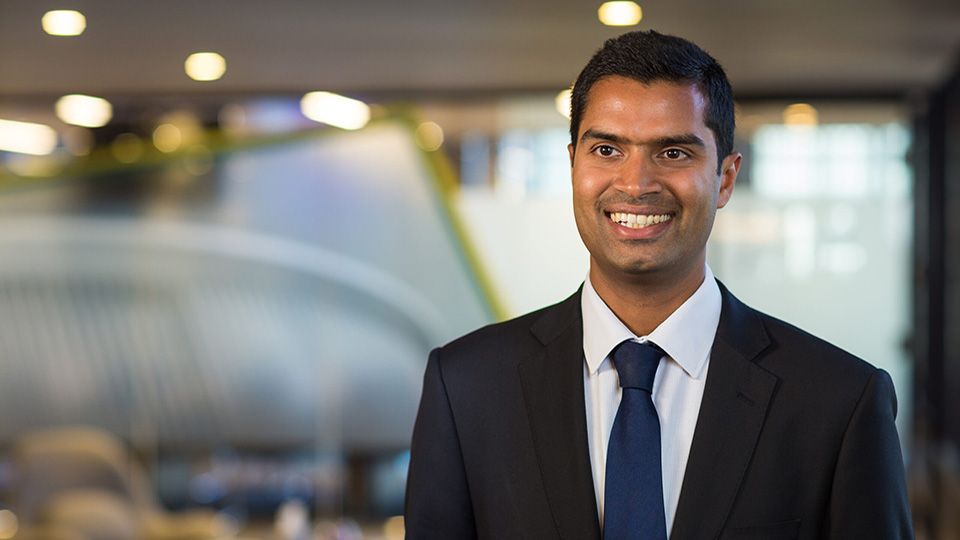In part one of this Green Dream video interview, Jenn-Hui Tan, Fidelity’s global head of stewardship and sustainable investing, discusses the firm’s stewardship priorities, the results of a new voting policy and the importance of industry-wide engagement.
Watch the full video interview above and read the transcript below.
NK: Hello, I’m Natalie Kenway, editor in chief at MA Financial Media. I’m here in the Fidelity studios in St Paul’s, meeting Jenn-Hui Tan, Fidelity’s global head of stewardship and sustainable investing. Thanks so much for your time today, it’s great to come in to see you.
JHT: Thank you, Natalie.
NK: To set the scene for us, can you talk about the stewardship priorities for Fidelity at the moment? What do you focused on?
JHT: This year we have three priorities. We are looking at our approach to active ownership, looking at how we can be more impactful in the engagements that we conduct, how we can better influence positive change in those companies. Second, we are focusing on natural capital. We have lost an astonishing amount of biodiversity in the past 50 years, and there is a growing realisation that this is also an existential risk alongside climate change.
And finally, the just transition. So looking at how companies that we invest in are preparing for a low carbon future and the ways in which they are doing that in a socially equitable way.
NK: Fantastic, very important topics there. And what would you say is in your engagement toolkit? How do you go about creating that change within companies?
JHT: We think about the influence that we can have at four different levels. At the most basic and original level, we have one-to-one company engagement. So we have met companies for a very long time, we have deep relationships with a lot of those management teams. We have a sizable AUM, this gives us a great platform to be able to speak to those companies directly and create that change.
For example, last year we did 2,000 different engagements. The majority of those engagements were done either at the board level or at the C-suite level.
But looking at companies by themselves isn’t enough. Sometimes we want to address issues that affect a whole sector or a whole value chain. So we need to look at the issues thematically. A topic like deforestation, for example, you need to look not just at the producer of the good that drives that deforestation, but also at that value chain. We want to think about this in a broader, sector-wide level. But now increasingly, as well, we realise that healthy capital markets needs a healthy economic system to underpin it.
And so this is where the idea of system-wide stewardship is increasingly gaining traction. What is the right enabling environment that allows companies and incentivises companies to act in a sustainable way? And this can include an engagement with policymakers, with regulators, with industry bodies, standards setters about creating the right education, and also the right framework for the aggregate system to operate in.
NK: Yeah, I imagine that’s quite a lot of wide ranging conversations with lots of different stakeholders. And could you talk about some of the success stories that you’ve had where you have implemented that change that you need?
JHT: So rather than kind of one example, maybe I’d like to talk a little bit about what we did with our climate voting. In 2021, we announced a new voting policy and we put in there some new minimum requirements around climate governance and decarbonisation. Our global head of research wrote to 1,300 companies to tell them why we had made this change, to inform them of what we would expect going forward as an investor of those businesses and what would happen in terms of our voting behaviour if we didn’t see those expectations being met.
That communication triggered hundreds of engagements at that time, mostly virtual. And we went out to really set out why we think this is going to need to be a key part of all companies going forward. On the back of that, we had some great positive change; companies that hadn’t previously thought about the issue announcing net-zero ambitions, they set short-term and medium-term targets to reduce their emissions and they provided us with greater amounts of climate disclosure that enable us to make better assessments.
NK: Okay, fantastic. And have there been any instances where you’ve had to come away, divest from a company because of a lack of ability to engage, or that they’re not listening to what your trying to change that you’re trying to create? I’m not asking for company names, but anything where you can just demonstrate where you have walked away from something that’s not been working.
JHT: Let me start by saying that divestment is a failure of our engagement. It is not a success, and I don’t particularly think that failure should be celebrated. But they are a necessary part of engagement that is effective and creates outcomes.
I’ll give you one example: There was a renewable energy company in North America that set out to buy a thermal coal asset. We engaged with that company. We felt that that acquisition wasn’t consistent with either our investment thesis or the sustainability strategy that the company had laid out to us. Our portfolio managers engaged alongside the sustainable investing team in the research team, and ultimately the company went ahead and made that acquisition anyway. And, as a result of that move, we elected to divest our holdings.
NK: Okay, great. Thank you very much for sharing that with us. Look out for part two of this interview in the coming weeks.




